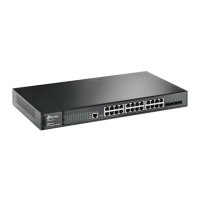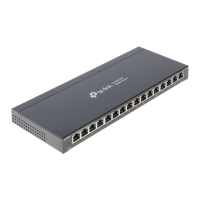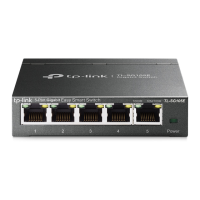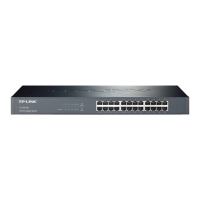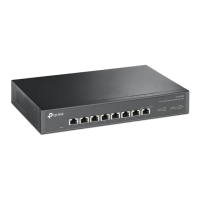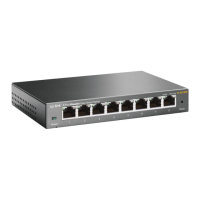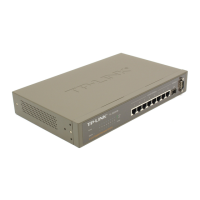Configuring LAG LAG Configuration
User Guide
109
2
LAG Configuration
To complete LAG configuration, follow these steps:
1) Configure the global load-balancing algorithm.
2) Configure Static LAG or LACP.
Configuration Guidelines
■ Ensure that both ends of the aggregation link work in the same LAG mode. For example,
if the local end works in LACP mode, the peer end should also be set as LACP mode.
■ Ensure that devices on both ends of the aggregation link use the same number of
physical ports with the same speed, duplex, jumbo and flow control mode.
■ A port cannot be added to more than one LAG at the same time.
■ LACP does not support half-duplex links.
■ One static LAG supports up to eight member ports. All the member ports share the
bandwidth evenly. If an active link fails, the other active links share the bandwidth
evenly.
■ One LACP LAG supports multiple member ports, but at most eight of them can work
simultaneously, and the other member ports are backups. Using LACP protocol, the
switches negotiate parameters and determine the working ports. When a working port
fails, the backup port with the highest priority will replace the faulty port and start to
forward data.
■ For the functions like IGMP Snooping, 802.1Q VLAN, MAC VLAN, Protocol VLAN, VLAN-
VPN, GVRP, Voice VLAN, STP, QoS, DHCP Snooping and Flow Control, the member pot
of an LAG follows the configuration of the LAG but not its own. The configurations of
the port can take effect only after it leaves the LAG.
■ The port enabled with Port Security, Port Mirror, MAC Address Filtering or 802.1X
cannot be added to an LAG, and the member port of an LAG cannot be enabled with
these functions.
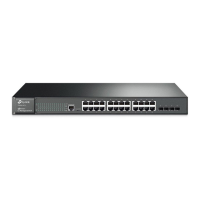
